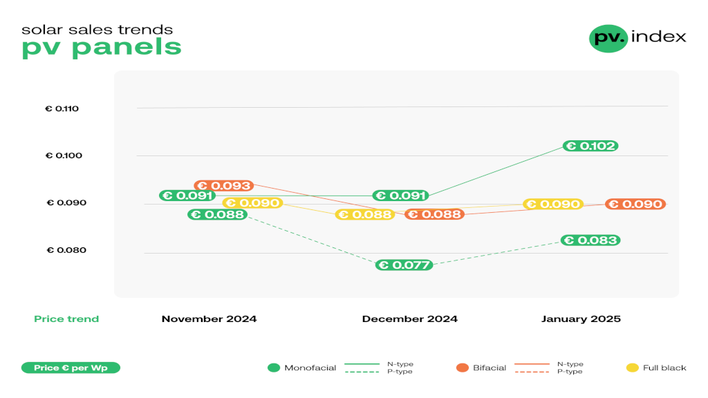The UK government’s new solar roadmap, which was developed in partnership with the industry, comes at a crucial moment. Solar generation has steadily increased across Europe over the past two decades, while global PV capacity has grown by an annual average of 30 percent in recent years.
UK households increasingly see cost benefits of solar
Though late to the party, Britain too has seen strong, sustained growth in capacity. This has been driven, as in other markets, by high manufacturing volumes that have pushed down costs, alongside steady technology advances and supportive policy frameworks.
Inside the solar strategy
The key features of the roadmap:
• Streamlining grid connection processes that currently delay new projects
• Expanding skills training to support 35,000 high-quality jobs by 2030 – double today’s employment levels
• Strengthening supply chains to make them “resilient, diverse and sustainable”
• Addressing slavery and forced labour, including among Uyghur and other minority groups in Xinjiang, China, involved in polysilicon mining for solar panels
• Introducing mandatory “community benefit funds” to ensure local communities gain from hosting solar infrastructure
Ministers estimate that up to 0.4 percent of total UK land would be needed to meet the country’s solar targets.
Intermittency and low winter sunlight mean solar cannot be the only – or even the predominant – renewable energy technology in the UK. But sunshine is free and abundant, technologies are evolving, and solar generation is emission-free and can reduce consumer bills immediately.
Legacy infrastructure “biggest challenge to net zero”
The roadmap supports the take-up of battery energy storage systems, a key technology in the international transition, and one in which Britain plays a leading role in Europe.
Further measures
The “rooftop revolution” is aimed at boosting solar deployment across the UK from 18GW at present to 45-47GW by 2030 and more thereafter. Other measures include:
• Radical reform of grid connection rules to accelerate electrification
• Planning reforms to ease solar deployment
• Removing obstacles to rooftop solar across commercial, residential and public-sector buildings
• Enabling more schools and hospitals to install panels and cut energy bills in education and healthcare
• New initiatives to stimulate domestic solar uptake
• Exploring the use of solar canopies over outdoor car parks
• Standardised contracts for rooftop retrofits on leased industrial and commercial buildings
• Removing barriers to the combined use of solar and battery storage
• Exploring new financial support mechanisms and floating solar, alongside reform of the Contracts for Difference (CfD) scheme
New-build homes in England must include solar from 2027
This is a broad and comprehensive declaration of intent by the Government, aimed at making the most of the benefits offered by new-generation solar while addressing many of the concerns and objections raised by those questioning the pace and even the viability of the clean energy transition.
It is encouraging to see the UK solar industry involved in shaping a more solar-friendly Britain, and to note the invitation to diverse interest groups to take part in consultations. (Tessa Laws/hcn)
Tessa Laws is the Energy Team Leader at Acuity Law with Purpose, a legal services company headquartered in London. She has extensive experience in renewable energy and sustainability. Tessa founded the New Energy Awards, hosting several stellar companies internationally in London to celebrate their success in green energy.









